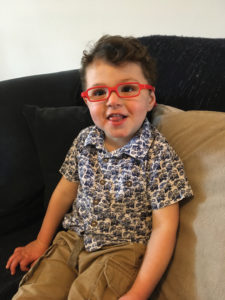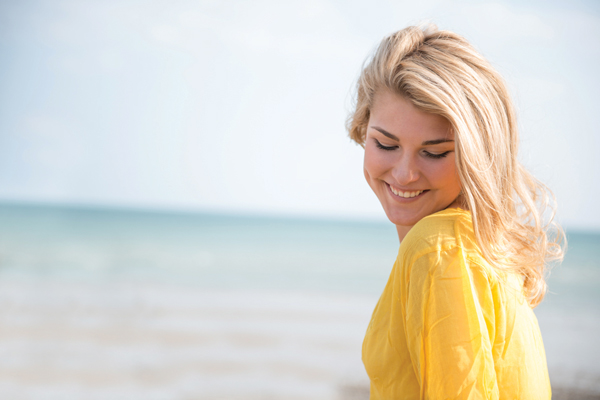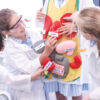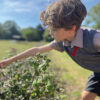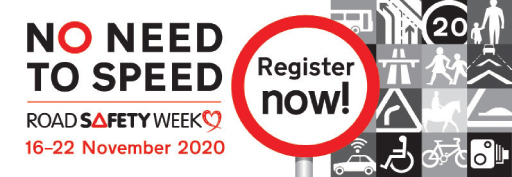
The theme for UK Road Safety Week 2020 has been announced as ‘No need to speed’, following findings that just a quarter of people think vehicles travel at a safe speed on the street where they live. A free Road Safety Week action pack is available to download at www.roadsafetyweek.org.uk for people wanting to take part.
Taking place between 16th-22nd November and co-ordinated by road safety charity Brake, Road Safety Week 2020 will encourage everyone to learn the what, the why, and the where of speed and will highlight that whether someone is walking to school, cycling into town or driving for work, the speed of traffic matters to their safety.
‘No need to speed’ has been chosen as the theme for Road Safety Week 2020 following the findings of the ‘How safe are the streets where you live?’ survey, conducted online by Brake over the past year. The survey of over 1,700 members of the UK public, found that just a quarter believe that vehicles travel at a safe speed on the street where they live. Brake also found that six in 10 people feel that the speed of traffic on their street negatively affects their wellbeing and two-thirds identify motorised traffic as the biggest threat to their health and safety on their street.
The week long Road Safety Week campaign is supported by funding from the Department for Transport and headline sponsors DHL and Specsavers and will use the collective voice of members of the public, schools, communities, organisations and the emergency services to make clear that there is ‘No Need to Speed’ on the road.
To participate in Road Safety Week, people are invited to register for a free action pack at www.roadsafetyweek.org.uk
Everyone, no matter what you do, can take part in Road Safety Week:
• Individuals can learn what a safe speed is, speak with families and friends who may travel too fast and choose technologies,
or modes, which help keep people safe.
• Schools can help young people learn how the streets around their homes and schools can have safer speeds and shout out for change.
• Organisations can step up their policies and procedures to ensure that their employees travel at safe speeds and understand why this is so important.
• Emergency service professionals can enforce speed limits and share their experiences of the impact of travelling too fast.
• Decision-makers can consider what changes can be made to our road environment to encourage safe speeds and healthy streets.
Joshua Harris, director of campaigns for Brake, the road safety charity, said: “Road Safety Week provides a unique opportunity, every year, to focus attention on how the safety of our roads impacts all our daily lives. Speed plays a part in every crash and just 1mph can mean the difference between life and death on the roads. This Road Safety Week we want to help everyone understand why speed matters
and to join together to say there is ‘No need to speed’ on our roads.”
Brake is a national road safety and sustainable transport charity, founded in 1995, that exists to stop the needless deaths, serious injuries and pollution occurring on our roads every day.
We work to make streets and communities safer for everyone, and care for families bereaved and injured in road crashes. Brake’s vision is a world where there are zero road deaths and injuries, and people can get around in ways that are safe, sustainable, healthy and fair. We do this by pushing for legislative change through national campaigns, community education, services for road safety professionals and employers, and by coordinating the UK’s flagship road safety event every November, Road Safety Week. Brake is a national, government-funded provider of support to families and individuals devastated by road death and serious injury, including through a helpline and support packs.


 Once a baby is born they face a number of milestones, for example smiling for the first time and rolling over. We are told when their first tooth will appear and when they will have health visitor appointments but little is said about how their eyes develop and what their vision is like. At birth babies do not see as well as older children or adults. Their eyes and visual system aren’t fully developed, significant improvement occurs during the first few months of life.
Once a baby is born they face a number of milestones, for example smiling for the first time and rolling over. We are told when their first tooth will appear and when they will have health visitor appointments but little is said about how their eyes develop and what their vision is like. At birth babies do not see as well as older children or adults. Their eyes and visual system aren’t fully developed, significant improvement occurs during the first few months of life.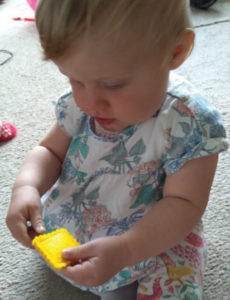

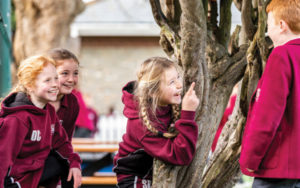 At our school, our children are driven by our ethos ‘Consideration Always’. As role models to the school community and beyond, we entrust them to develop and demonstrate the best version of themselves. Children develop when they are given the opportunity to do so. Mary Myatt’s philosophy of ‘high challenge, low threat’ leadsthe way.
At our school, our children are driven by our ethos ‘Consideration Always’. As role models to the school community and beyond, we entrust them to develop and demonstrate the best version of themselves. Children develop when they are given the opportunity to do so. Mary Myatt’s philosophy of ‘high challenge, low threat’ leadsthe way.
 How to prevent head lice is a question often asked, with regular mentions of tea tree oil, however, there is not enough evidence to prove its efficacy, and it’s important to realise natural treatments can cause severe allergic reactions. I recommend that you stick to using a CE certified brand of head lice serum, meaning you can be sure it has been rigorously tested for safety and effectiveness. The following simple steps can help your family avoid an infestation:
How to prevent head lice is a question often asked, with regular mentions of tea tree oil, however, there is not enough evidence to prove its efficacy, and it’s important to realise natural treatments can cause severe allergic reactions. I recommend that you stick to using a CE certified brand of head lice serum, meaning you can be sure it has been rigorously tested for safety and effectiveness. The following simple steps can help your family avoid an infestation:
 How much is a sight test?
How much is a sight test?